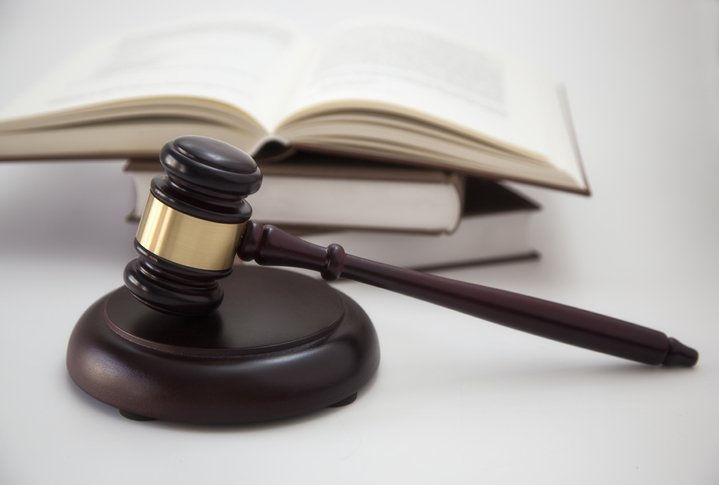Second Circuit Limits Copyright Damages to Three-Year Period Before Suit

Note: This blog was originally posted on CDAS.
How do you square Psihoyos with Petrella, two of the most significant copyright statute of limitations cases in recent years? Courts and attorneys alike have struggled with that question since the Second Circuit and the Supreme Court, respectively, handed down these two copyright decisions within the span of a month in 2014. For the most part, courts have read the decisions separately, acknowledging the Petrella court’s three-year look-back period for a plaintiff’s recovery of monetary damages in a copyright action, while continuing to apply the Psihoyos court’s “discovery” rule, which extends the time when the Copyright Act’s statute of limitations period starts to run based on when the copyright owner “discovers” the infringement.
It was not until earlier this month that the Second Circuit took up the damages question in Sohm v. Scholastic Inc., No. 18-2110, 2020 WL 2375056 (2d Cir. May 12, 2020), and decided that, though the discovery rule is binding precedent in the circuit, the Supreme Court’s decision in Petrella counsels that there is a only a three-year lookback period from when suit is filed to determine the extent of monetary damages available. Reversing the lower court’s decision on this point, the Second Circuit determined that a copyright plaintiff’s recovery is limited to damages incurred during the three years prior to filing suit. The decision lends an advantage to copyright defendants where plaintiffs delay in bringing suit, yet still seek to recover expansive damages dating back as far as they can count.
In the case, a photographer, Joseph Sohm, brought a copyright infringement action against Scholastic Inc., which had used 89 of Sohm’s photographs in various publications, outside the limited license granted by Sohm’s third-party licensing agent. On cross-motions for partial summary judgment, the district court dealt with a host of copyright issues, ultimately finding that Scholastic only infringed the copyrights in six photographs. Notably, the district court considered Scholastic’s arguments that the Copyright Act’s three-year statute of limitations barred Sohm’s claims as to certain uses of the photographs, and that Sohm’s damages should be limited to those incurred during the three years prior to filing suit. The court rejected both of Scholastic’s arguments, finding the discovery rule adopted by the Second Circuit in Psihoyos v. John Wiley & Sons, Inc., 748 F.3d 120 (2d Cir. 2014), was still good law and that the Supreme Court’s decision in Petrella v. Metro-Goldwyn-Mayer, Inc., 572 U.S. 663 (2014), should not be read to establish a time limit on the recovery of damages distinct from the discovery-based statute of limitations.
On cross-appeal to the Second Circuit, Scholastic urged the court to forego the discovery rule, and to instead adopt an “injury rule” (i.e., so the three-year statute of limitations period starts to run from the time of the copyright owner’s injury), to determine when Sohm’s claims accrued for statute of limitations purposes. Citing Psihoyos as binding precedent in the Second Circuit that had not been overturned, the court disagreed with Scholastic’s position and affirmed the discovery rule, sticking with the majority of the circuit courts that have adopted the rule. Scholastic’s second argument, however, fared better.
Asserting that, even if the discovery rule applies, Scholastic argued that Sohm still should not be able to recover damages for more than three years prior to commencement of the action, relying on language from Petrella. Specifically, Scholastic noted that the Petrella court stated: “[u]nder the [Copyright] Act’s three-year provision, an infringement is actionable within three years, and only three years, of its occurrence” and that “the infringer is insulated from liability for earlier infringements of the same work.” Though Sohm opposed Scholastic’s interpretation, calling it dicta, the Second Circuit disagreed, finding that this portion of the opinion was necessary to the result, so it acts as binding precedent. Accordingly, the Second Circuit concluded that, notwithstanding the discovery rule, the Supreme Court “explicitly dissociated the Copyright Act’s statute of limitations from its time limit on damages” and “delimited damages to the three years prior to the commencement of a copyright infringement action.”
While the Second Circuit did not adopt Scholastic’s proposed injury rule, its holding severely limits the copyright owner’s recovery when the discovery rule is applied. For example, if an infringement occurred ten years ago, but was only recently discovered, prompting the copyright owner to file suit, the copyright owner would only be able to recover damages for the three years prior to filing, and would not be able to “look back” through the ten years since the infringement.
In deciding that Sohm could not recover damages more than three years prior to filing suit, the Second Circuit became the first circuit to adopt this interpretation of Petrella. Though other district courts outside the Second Circuit have addressed the issue—including a district court in the Ninth Circuit, Johnson v. UMG Recordings, Inc., No. 2:19-cv-02364-ODW, 2019 WL 5420278 (C.D. Cal. Oct. 23, 2019), which took the opposite position and permitted damages outside the three-year period—until other circuits weigh in, it is unclear whether the Second Circuit’s interpretation will become majority rule or whether a circuit split again destined for the Supreme Court is on the horizon.
Sara Gates is an attorney at Cowan DeBaets Abrahams & Sheppard LLP.

